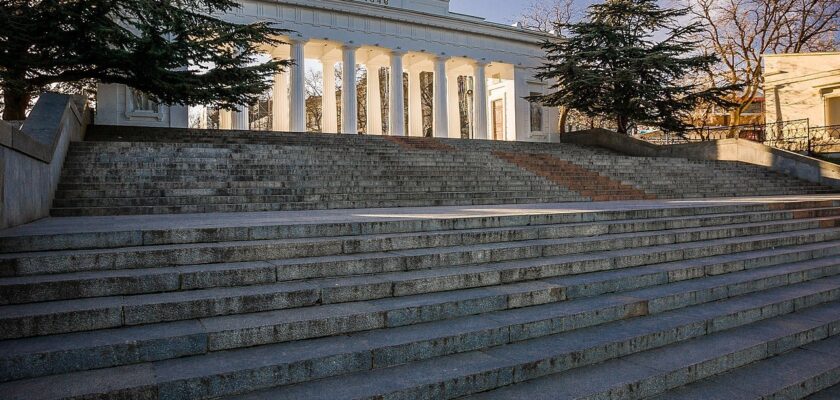Grafskaya pier
Grafskaya pier is considered to be the most famous in Sevastopol. That’s saying a lot considering how many picturesque piers there are in the hero port city. The historical landmark is located on the western shore of the Southern Bay, on Admiral Nakhimov Square.
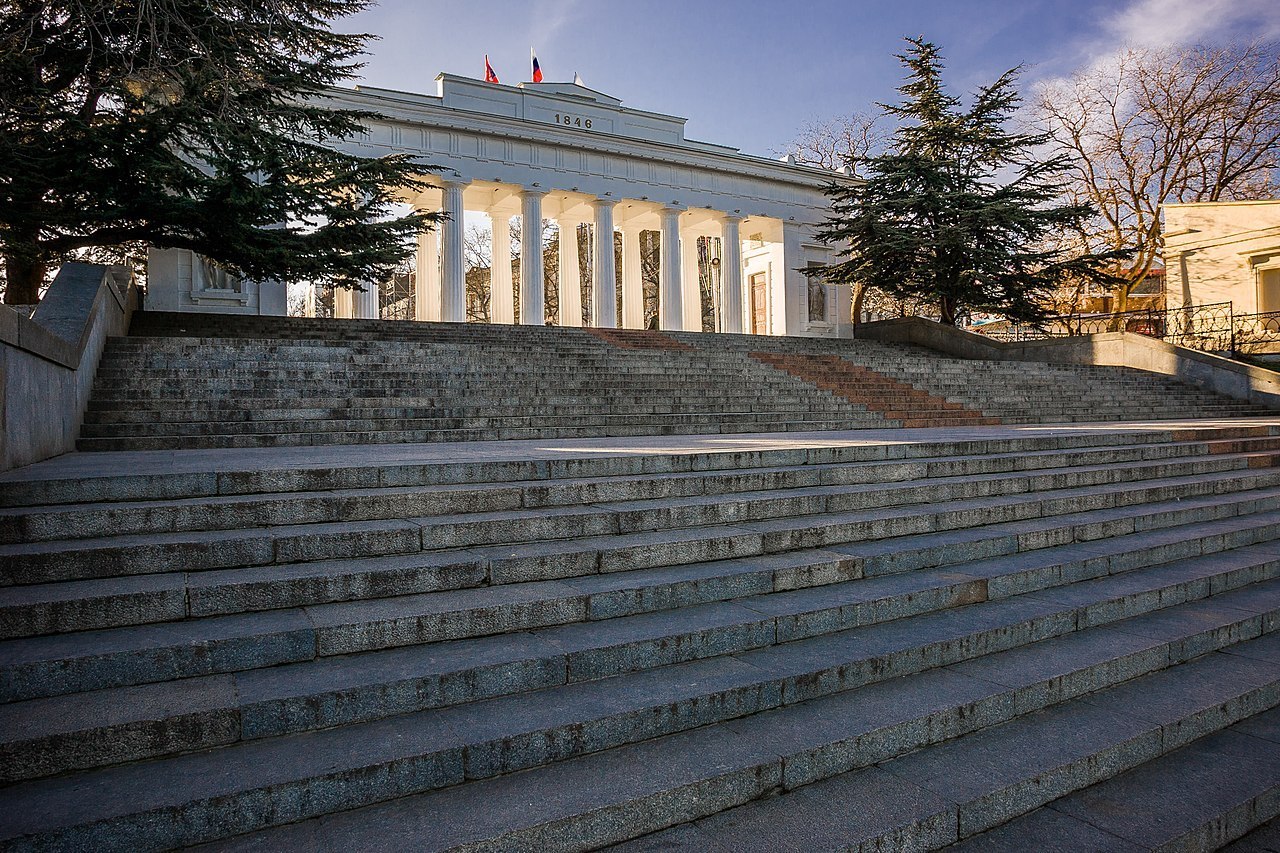
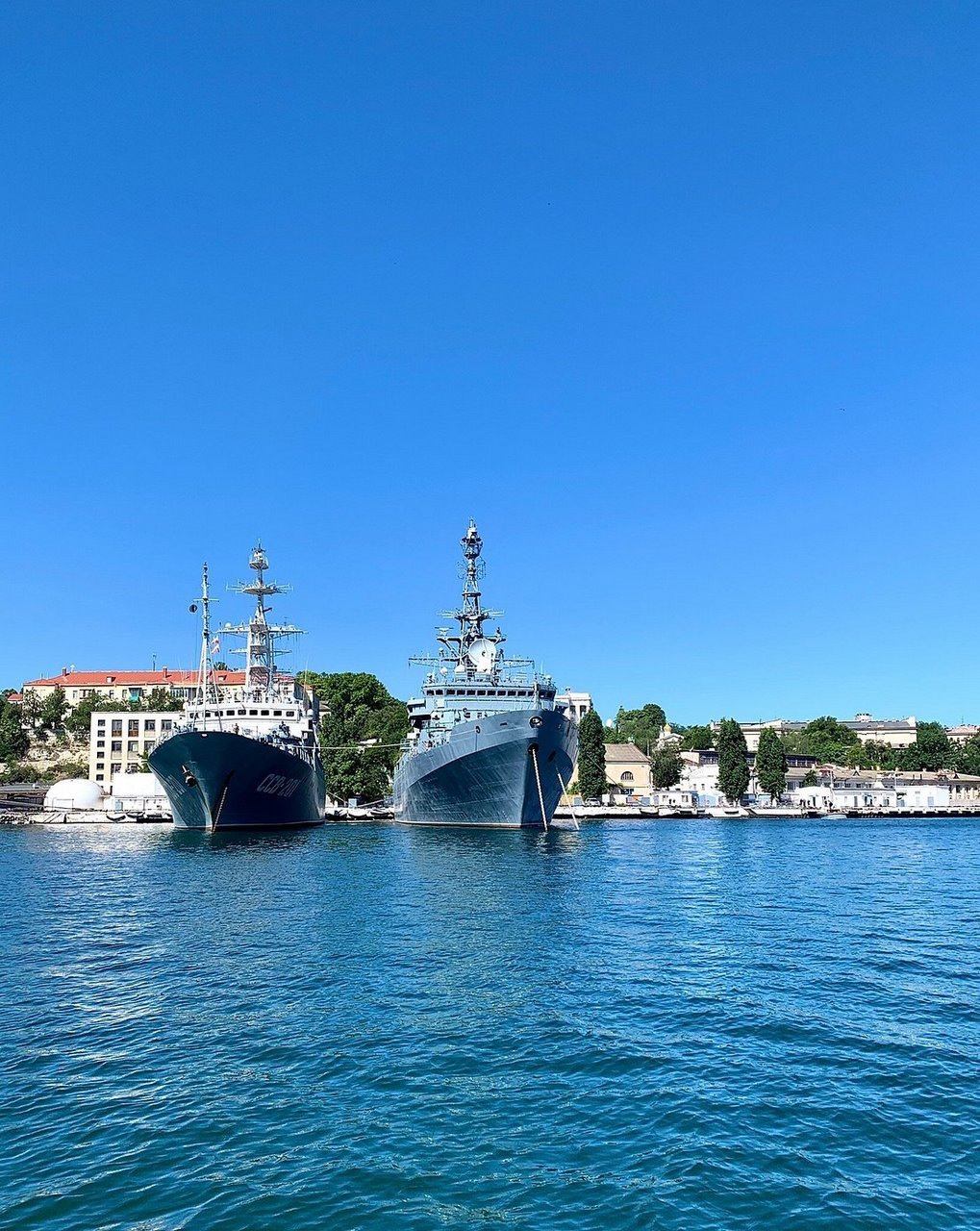
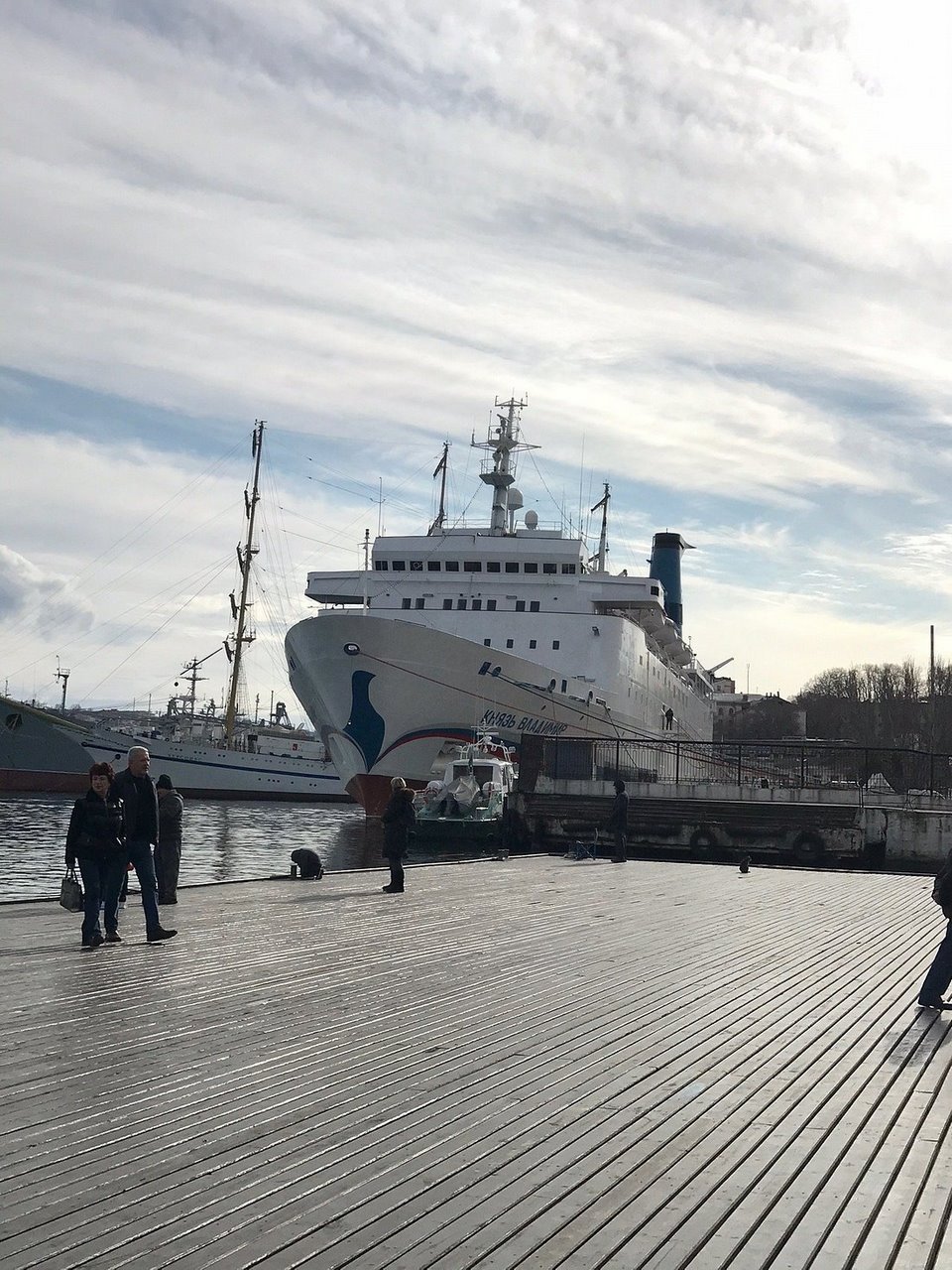
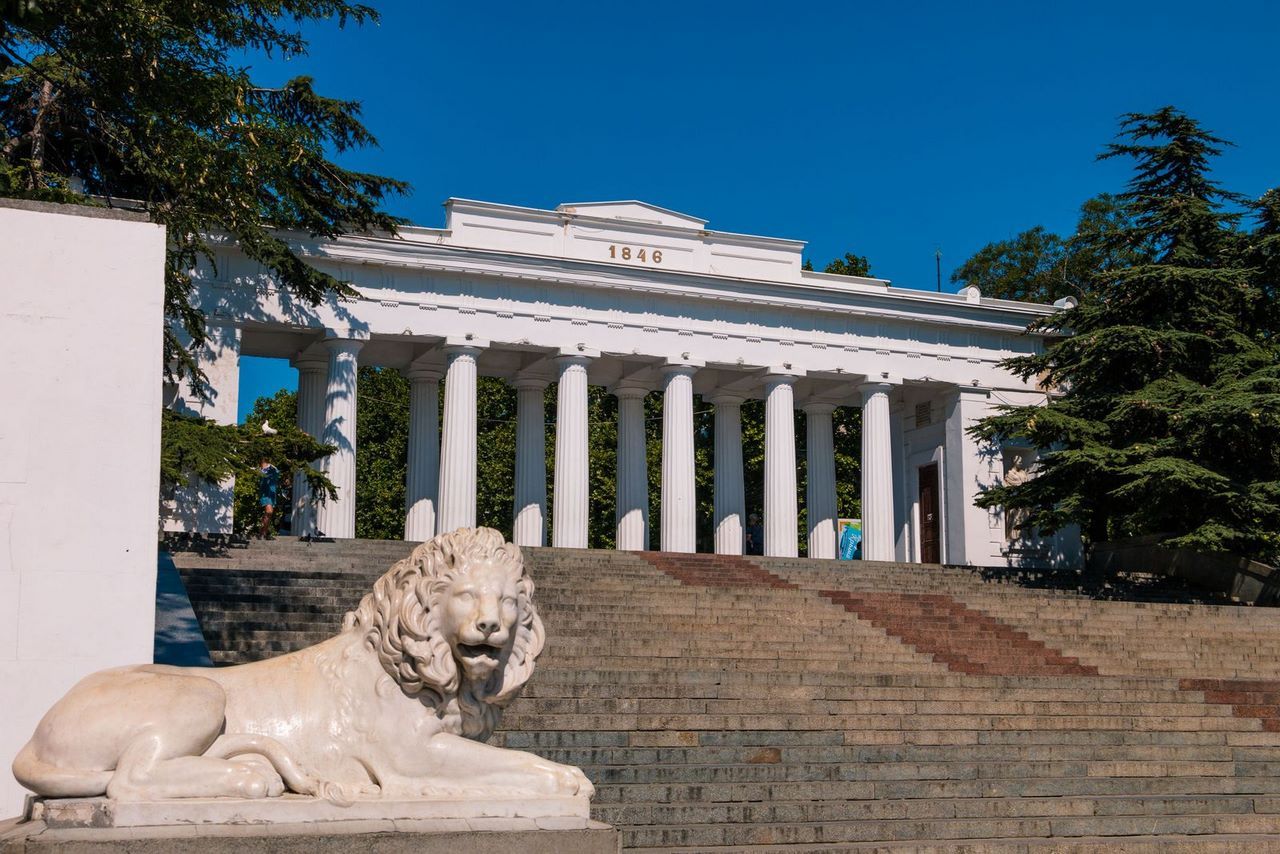
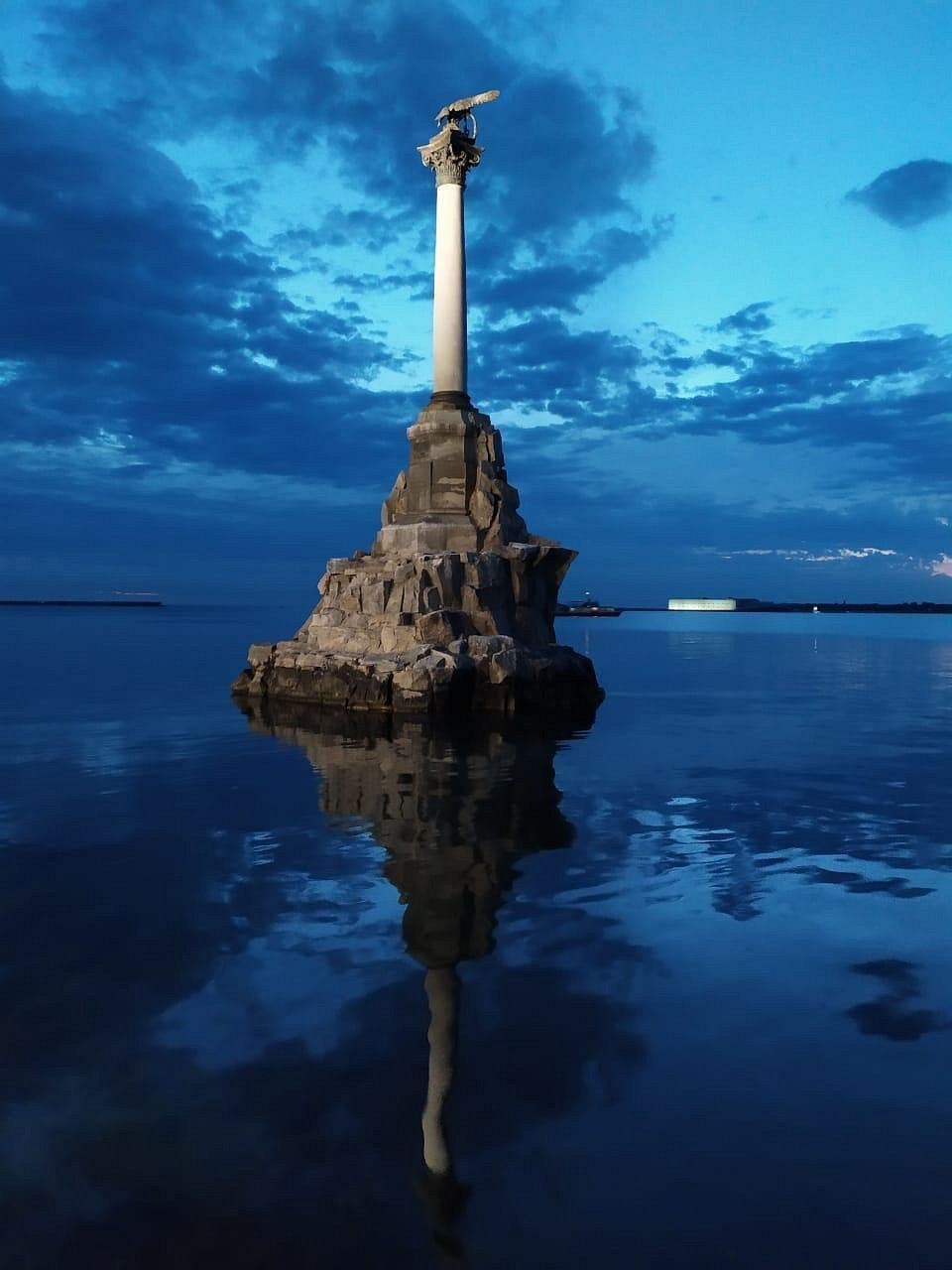
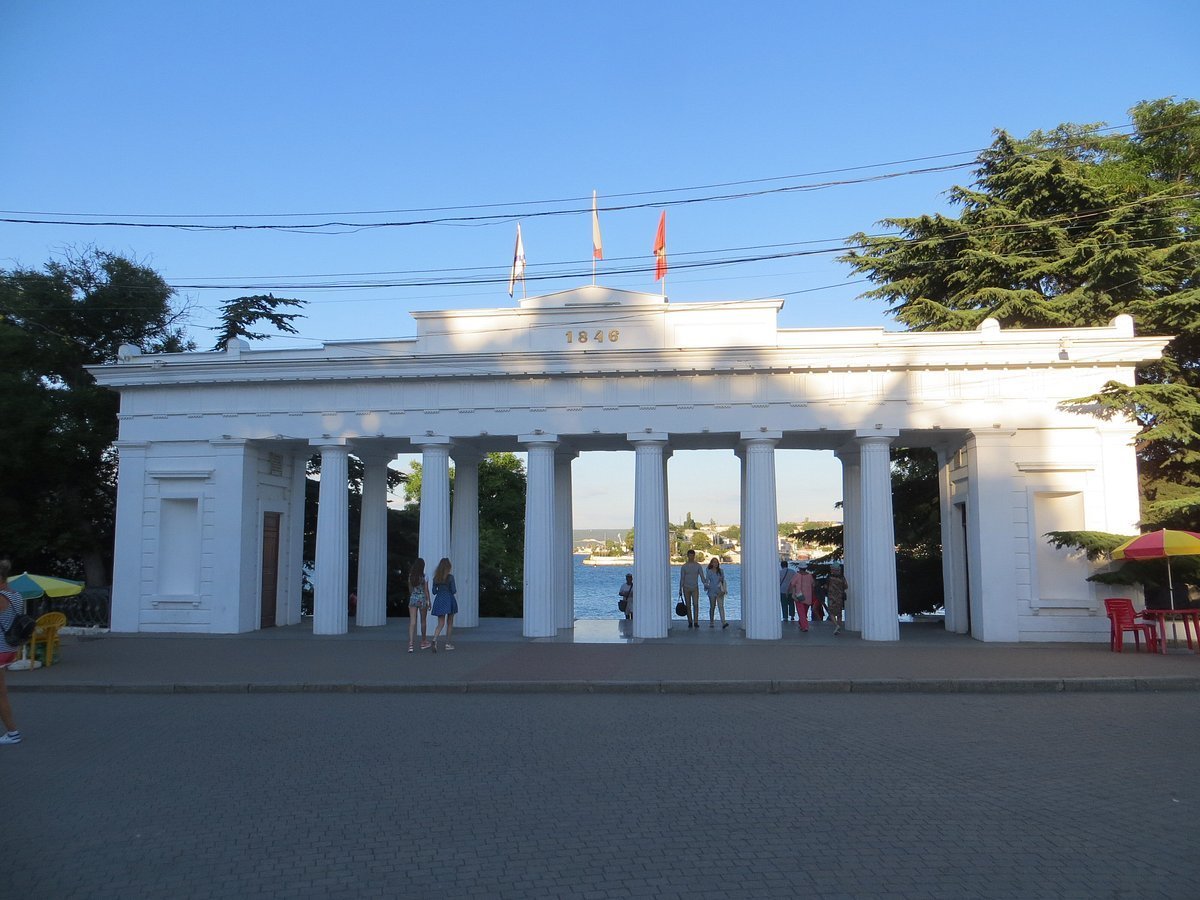
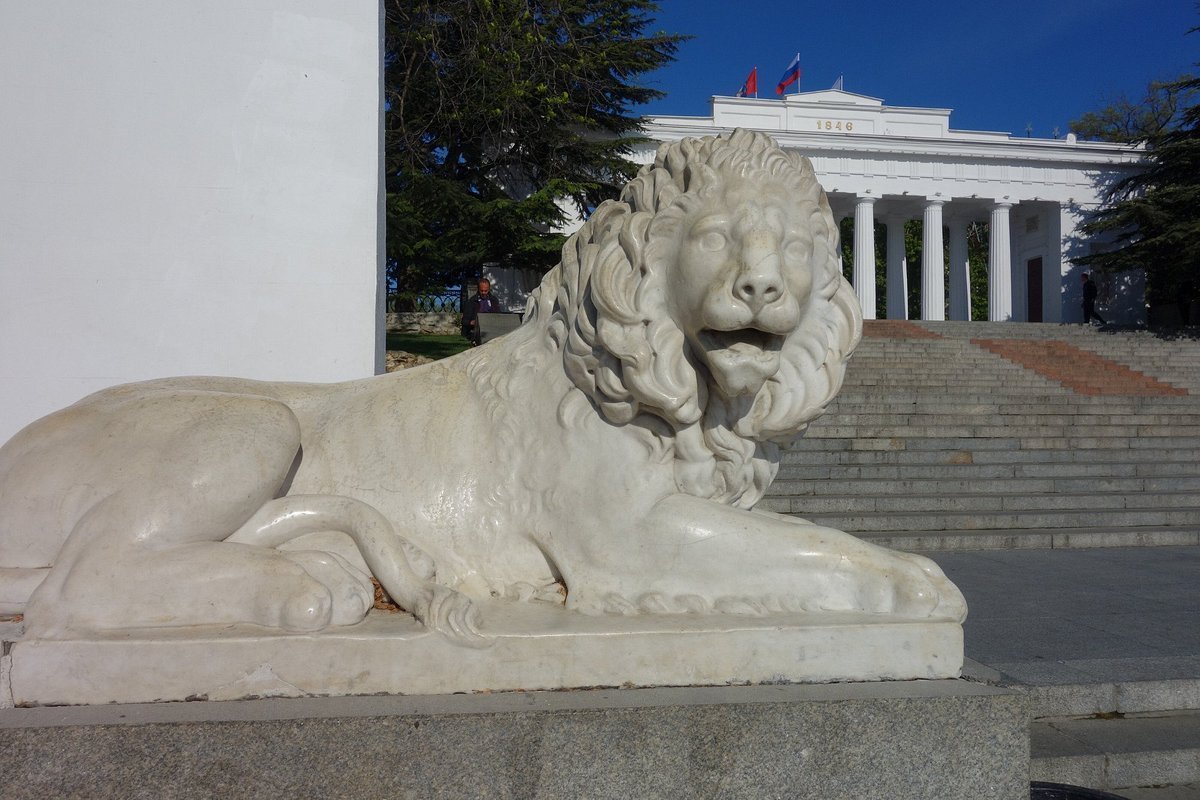
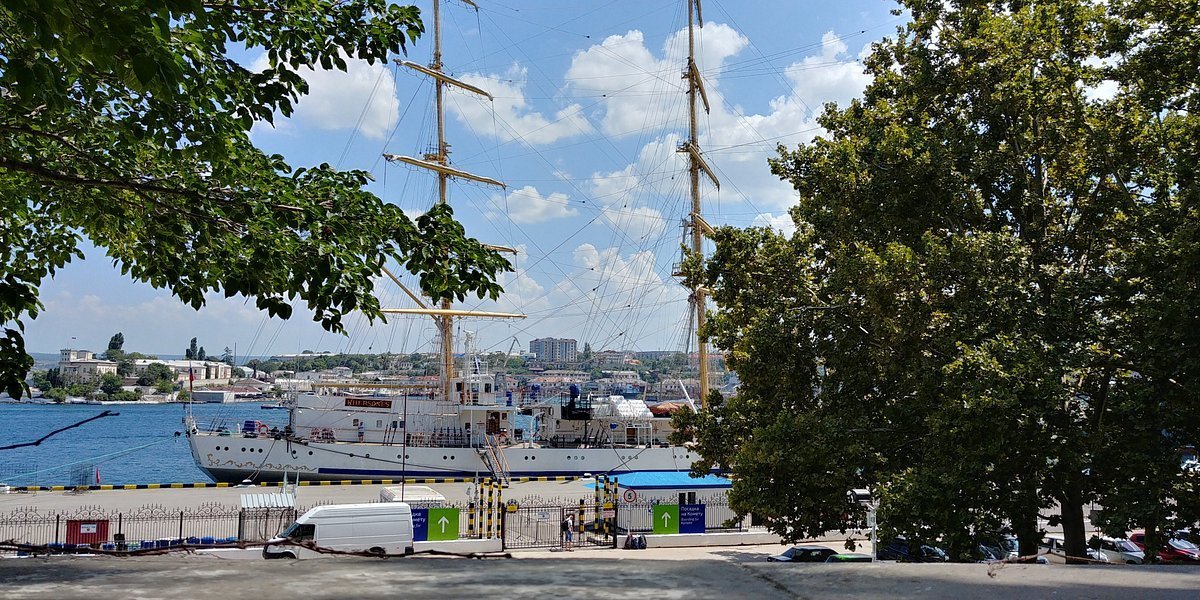
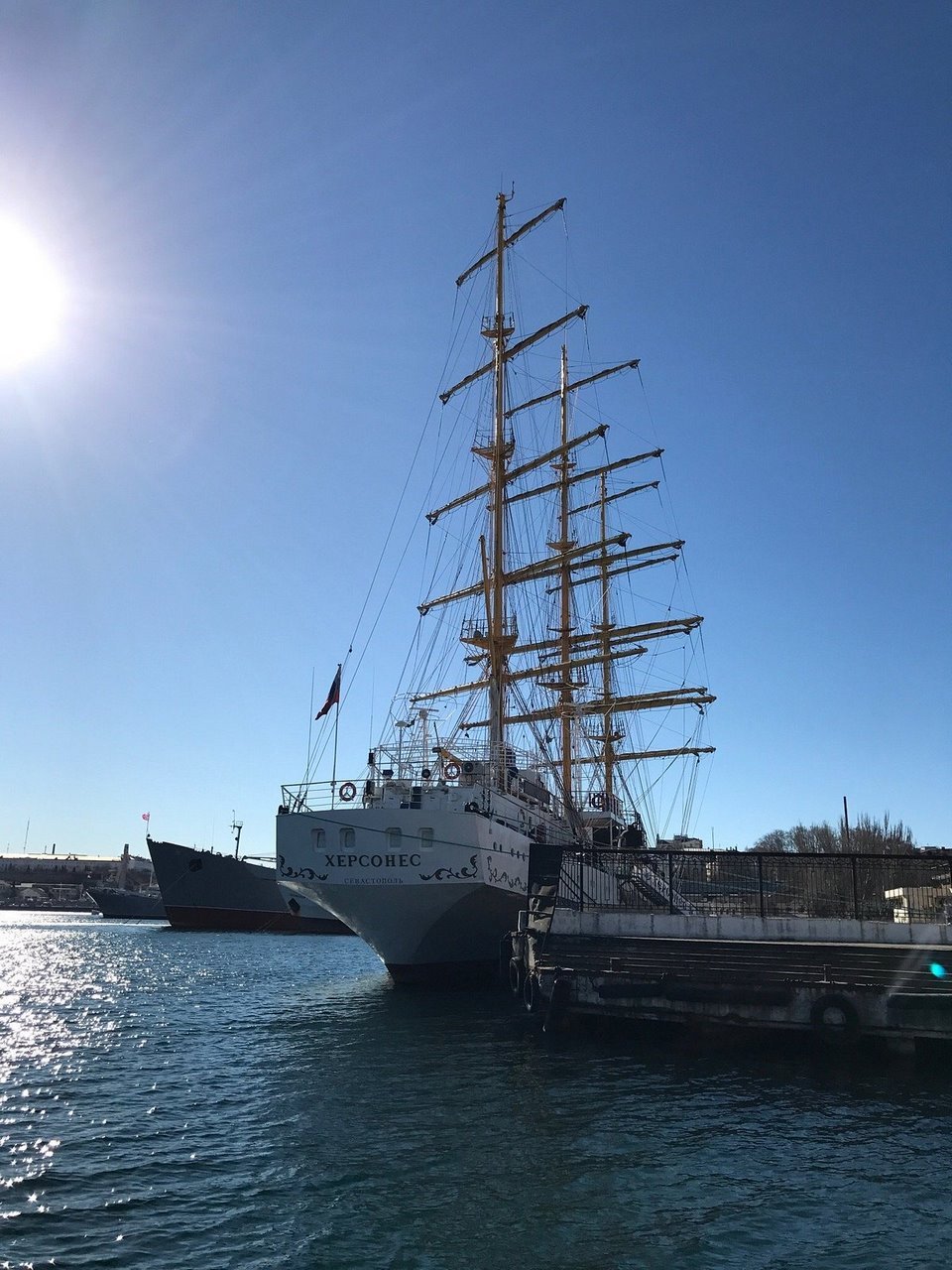
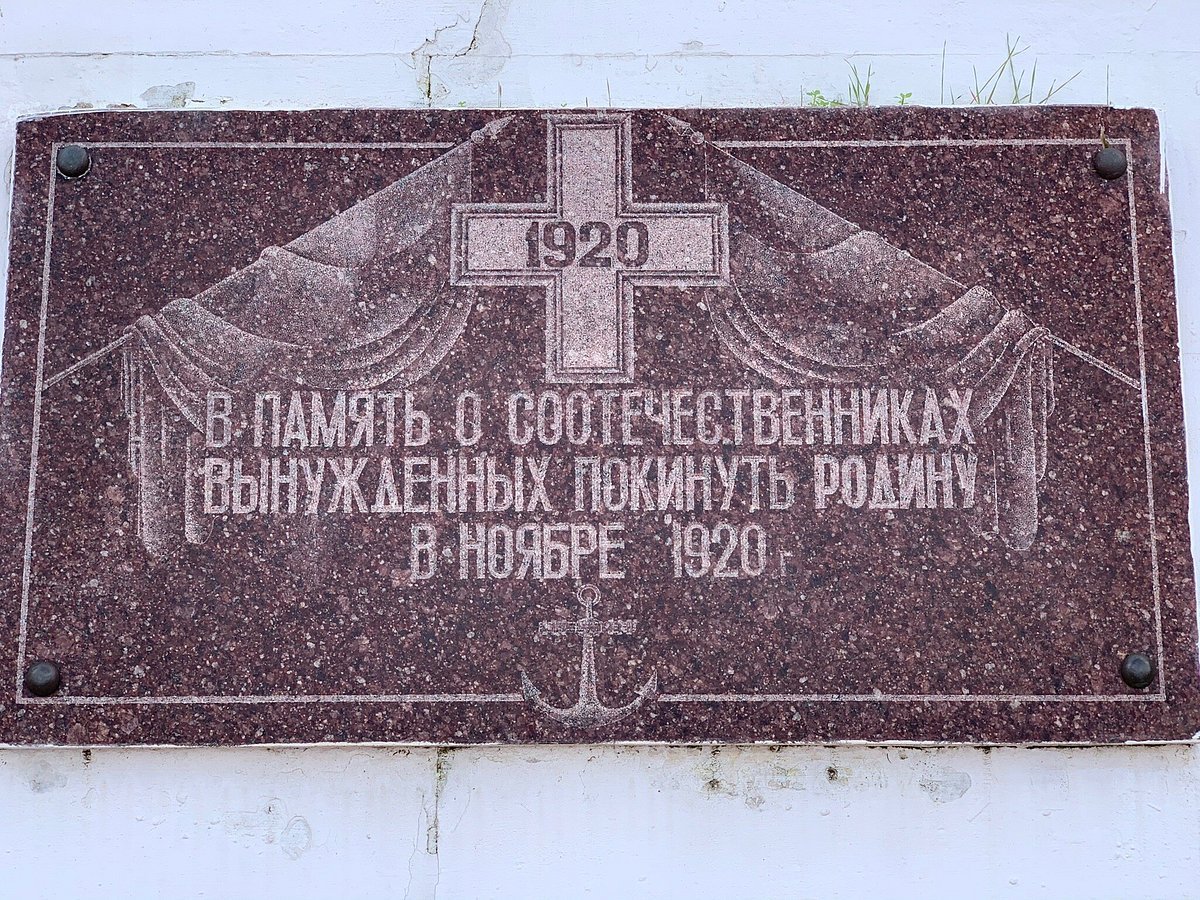
Video: Earl’s Wharf
ContentsHistory of Earl’s Wharf
Grafskaya Wharf played a huge role in the history of the whole Sevastopol. The city actively developed thanks to this, and some other, wharves.
>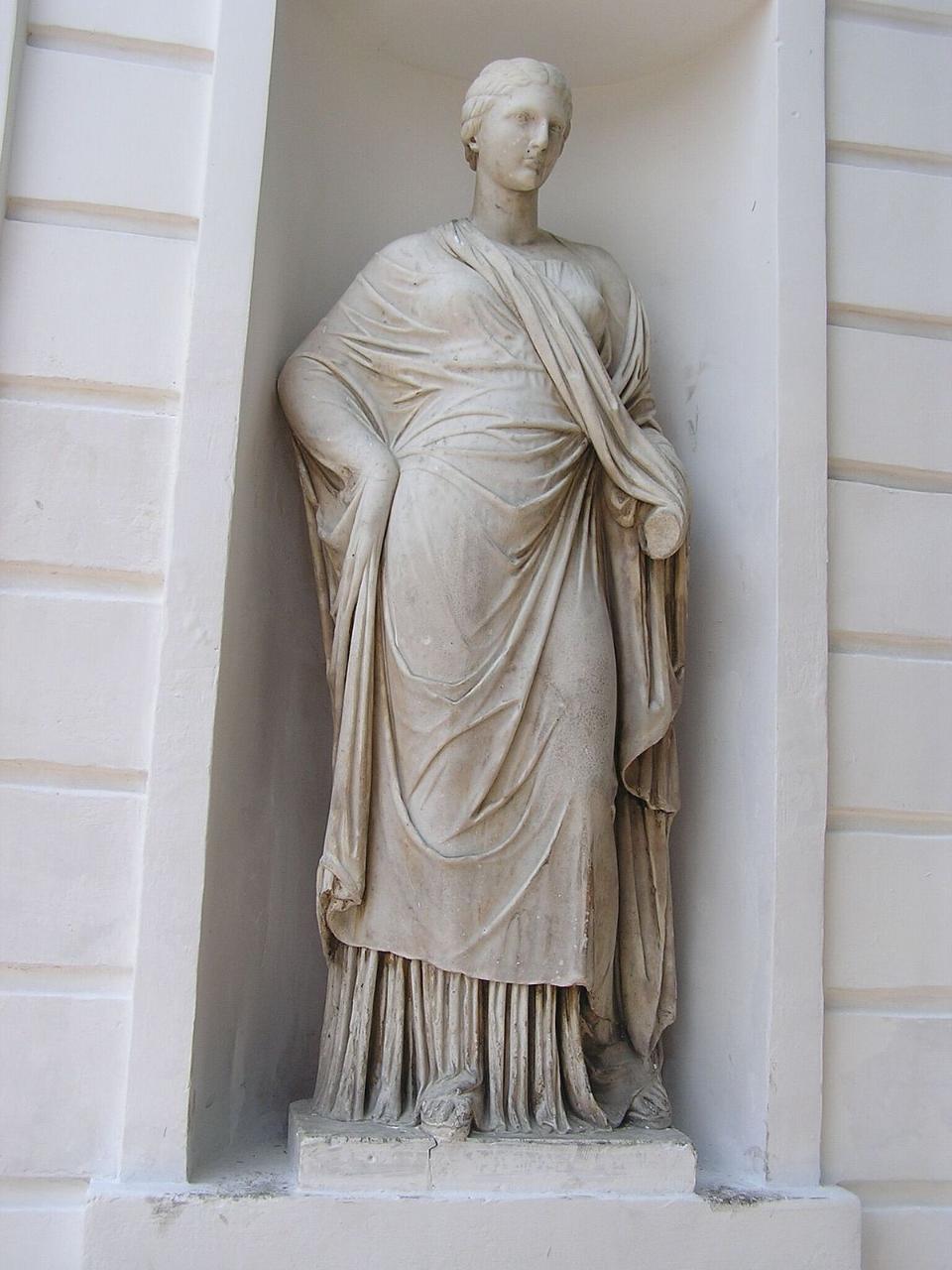
.
In 1846, the wharf decided to rebuild. The author of the project was engineer-colonel John Upton. The project was approved back in October 1844, and for two years he waited for its full realization. The new Earl’s Wharf, which still bore the official name “Ekaterininskaya”, became a kind of grand exit to the sea from Sevastopol.
.The project of the pier was made in the classical style. As a material, the builders used Inkerman stone. By the way, it was used back in ancient times. Inkerman stone is so popular in Sevastopol not only because its deposits are nearby, but also because of the ease of processing of this material.
.
The stone was used for the Doric order columns forming the propylaea – the front entrance to the Count’s Wharf. The colonnade was flanked by pseudo-antique statues of marble set in niches. On the columns is an entablature, which crowns the attic with the date of construction – “1846”. These gilded figures are still visible above the quay. True, it is not quite the same element, but we will tell you about the restoration of the wharf a little later.
.A gentle and wide staircase was built from the Earl’s Wharf to the sea. It is decorated with marble lions by Italian sculptor Ferdinando Pellicio. The staircase leads to a spacious and level platform, which is closed on both sides by a wrought iron fence.
.
During the Crimean War of 1853-1856. Earl’s Wharf played an important role – ammunition and food for all the bastions were supplied through it. Unfortunately, the enemies knew about the great importance of the wharf, so on August 26, 1855 a barge with gunpowder was set on fire near it. The explosion caused considerable destruction. The wharf was subsequently restored..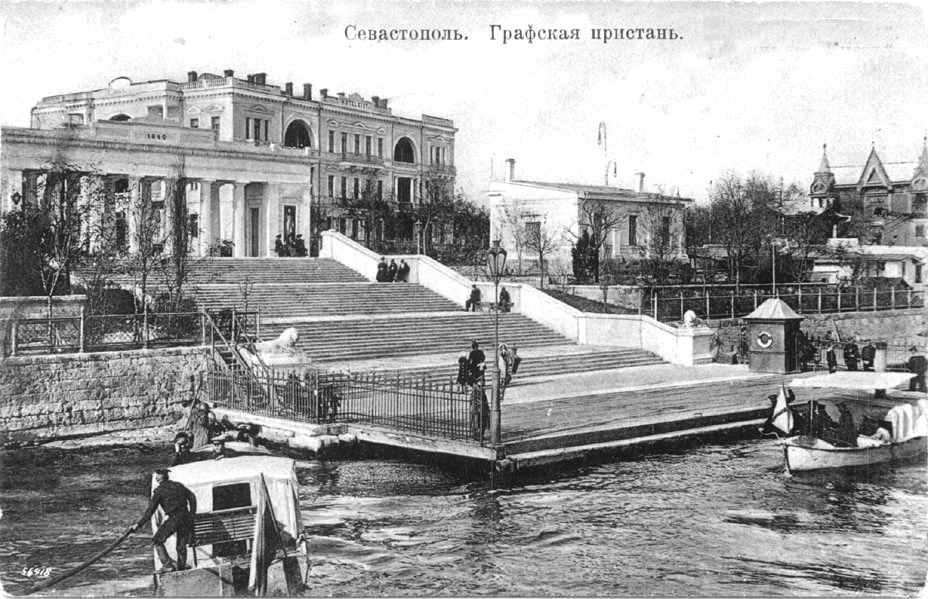
When the Soviets came to power, Grafskaya Wharf was given a new name. It now became the wharf of the III International. It would bear this name until the 1990s.
.
During the Great Patriotic War, the pier was again almost completely destroyed. It was repaired immediately after the end of the war. Only in 1968-1969 they restored the stairs, and in 1987-1988 they started to repair the colonnade.
.
The pier, which we can see now, is a reproduction of the original design, which Soviet engineers and architects made according to the surviving photos and documents. However, no one changed the proud figures with the date of construction. But some small changes were still made. For example, engineers abandoned the fence around the edge of the pier, which was definitely in the early XX century, to expand the active zone.
.
Soon after the restoration and the collapse of the USSR, the wharf was returned to its historical name – Ekaterininskaya. But people still persistently call it Grafskaya.
.
